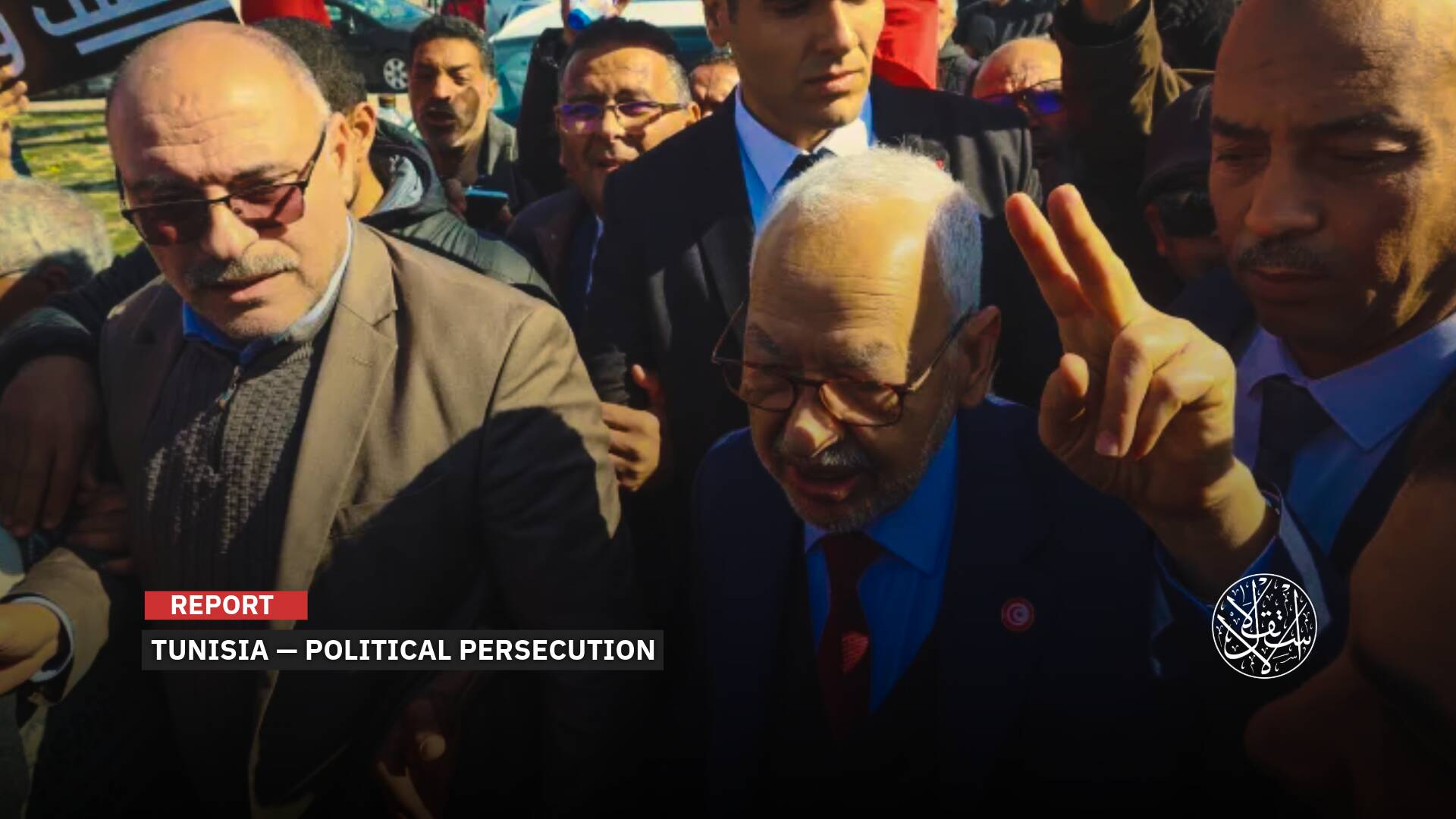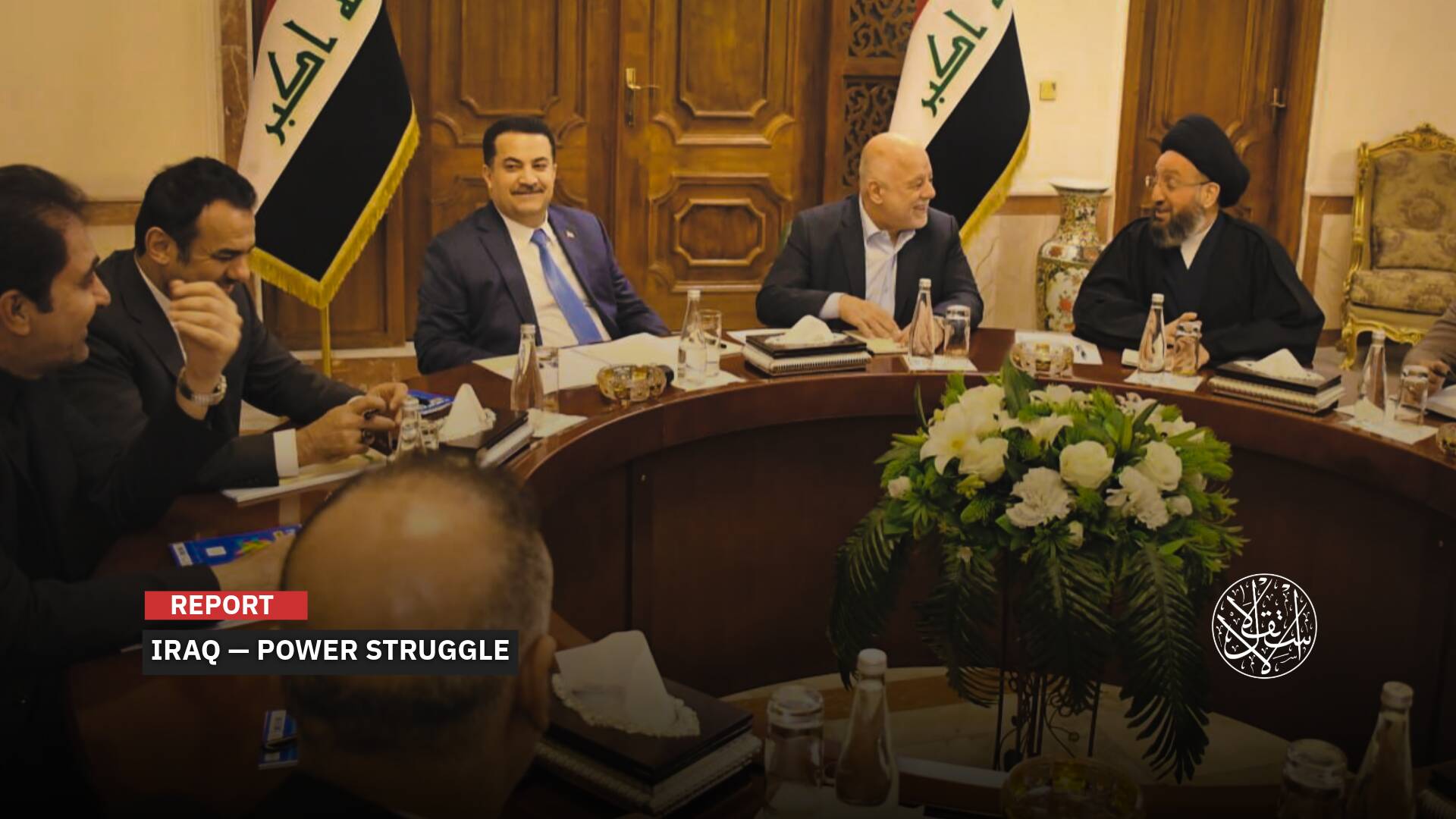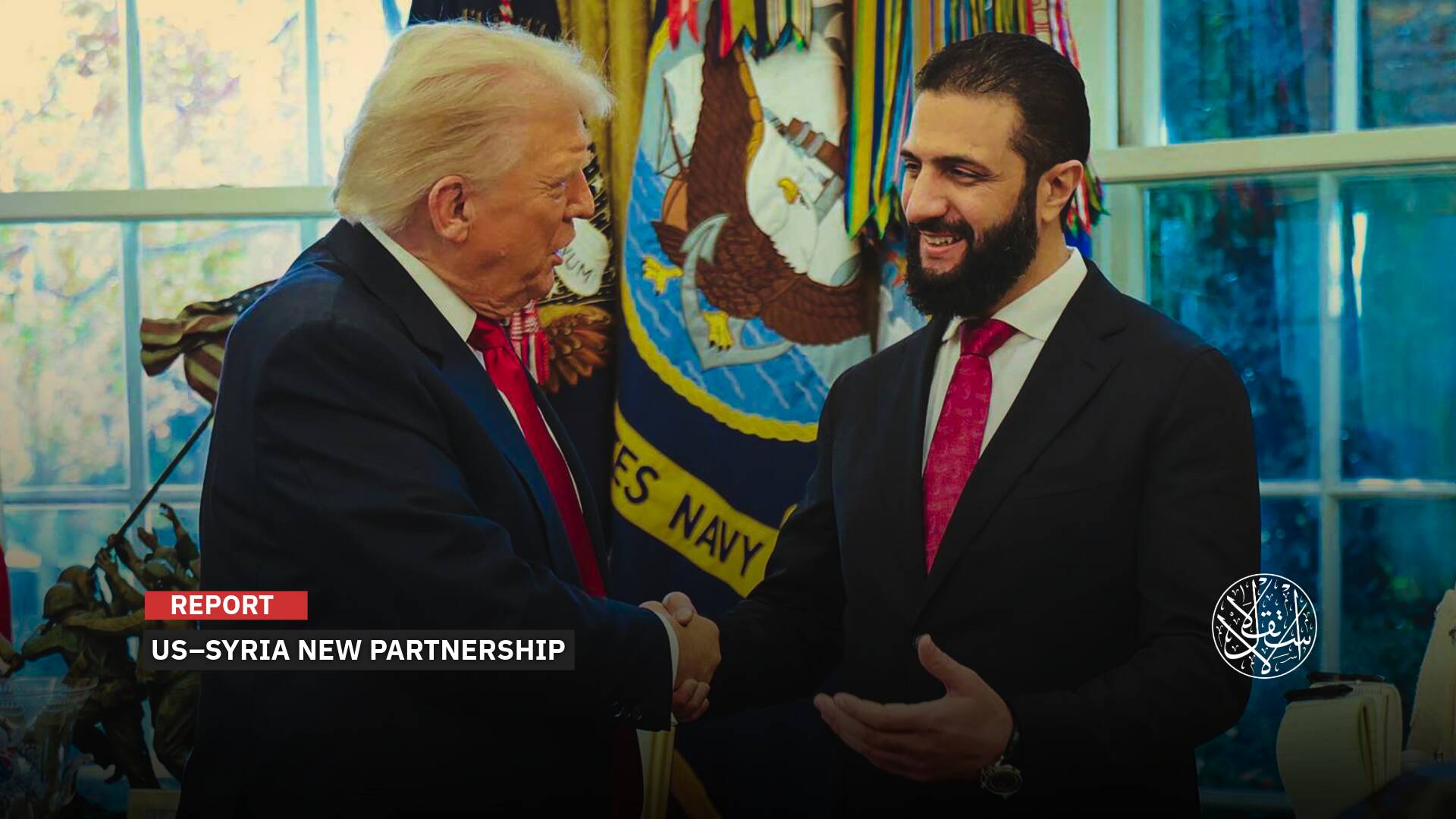Hamas Responds, Trump Welcomes, Netanyahu Stunned: Where Are the New Negotiations Headed?
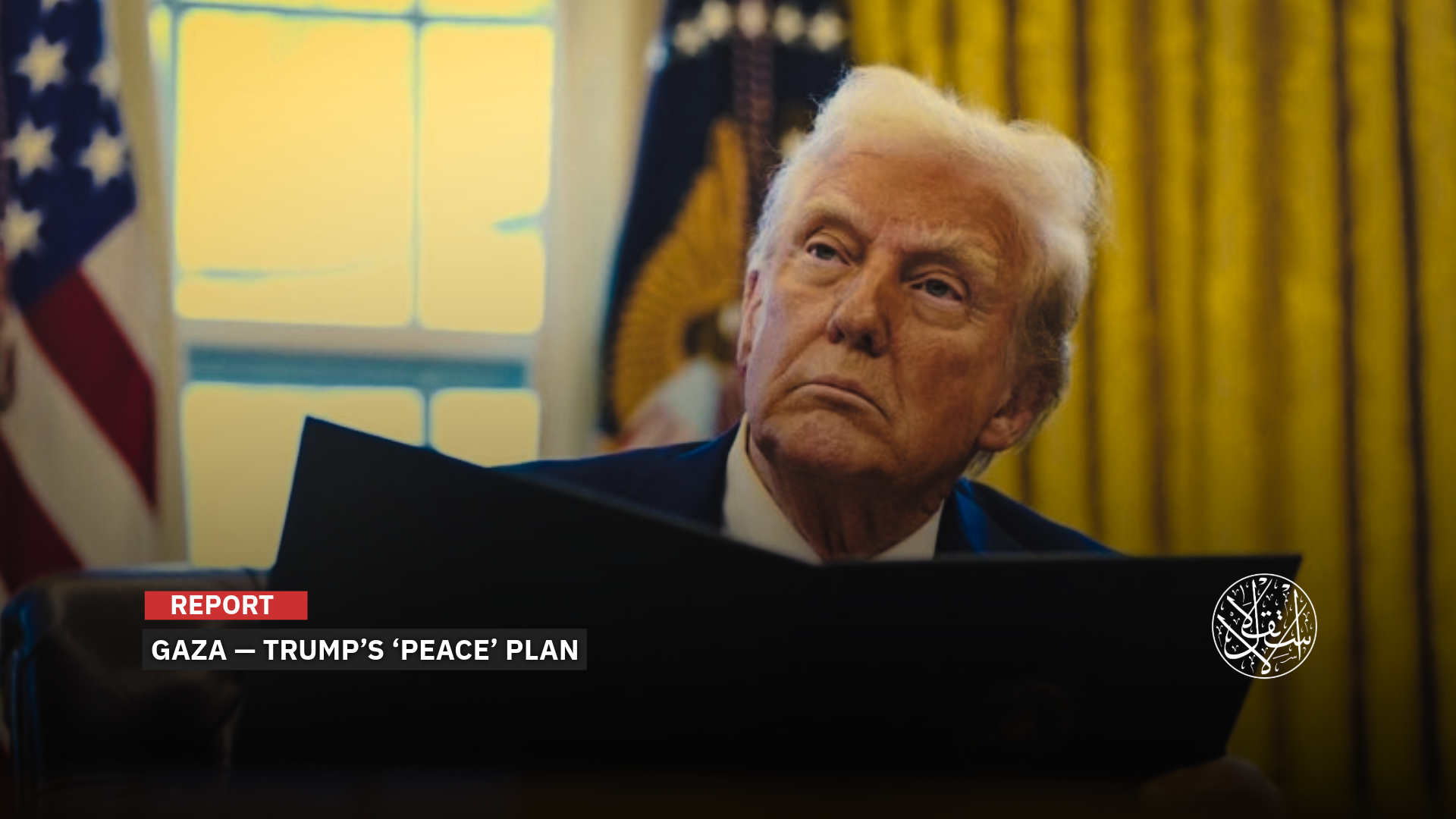
"Trump has fallen into Hamas’s trap."
Israeli Prime Minister Benjamin Netanyahu was reportedly caught off guard by President Donald Trump’s response to a Hamas statement, an Israeli official told Axios on October 4, 2025. The official described Netanyahu’s shock at Trump’s public embrace of the Palestinian Resistance Movement’s position and his subsequent call for “Israel” to halt its bombardment of Gaza.
To counter the perception of Israeli surprise, Foreign Minister Gideon Sa’ar told reporters on the same day that Trump’s plan was not imposed on “Israel”; it is an Israeli initiative, according to Channel 12.
Trump’s initial threat to Hamas of “hell,” followed by a reversal after Hamas responded—calling for the Israeli Occupation to stop bombing Gaza immediately—raised questions about whether the Palestinian Resistance Movement had successfully set the terms or if the unfolding events were part of a new round of political maneuvering between Trump and Netanyahu.
Trump appeared intent on signaling that his so-called red-line policy for Gaza, originally aimed at Hamas, also applied pressure on Netanyahu’s government, potentially increasing “Israel’s” international isolation if the genocide on Gaza continued.
U.S. and Israeli media largely agree that Trump’s focus is neither on Netanyahu nor Hamas. Rather, he reportedly considers ending the war an opportunity to secure the Nobel Peace Prize, set to be announced in October 2025, using threats and public pressure to hasten the end of the genocide.
Hamas and “Israel” have agreed on the first phase of Trump’s plan for a ceasefire in the war on Gaza and an exchange of captives.
“I am very proud to announce that Israel and Hamas have both signed off on the first Phase of our Peace Plan,” the U.S. president wrote on his Truth Social platform.
Senior officials from Qatar, Turkiye, Egypt, and the United States joined the delegations in the Egyptian Red Sea resort of Sharm el-Sheikh on Wednesday, the third day of negotiations, as mediators pushed both sides to bridge their differences over Trump’s 20-point plan.
The first phase of the plan calls for a ceasefire, the release of 48 Israeli captives held in Gaza, including 20 believed to be alive, and the simultaneous release of Palestinian detainees from Israeli jails.
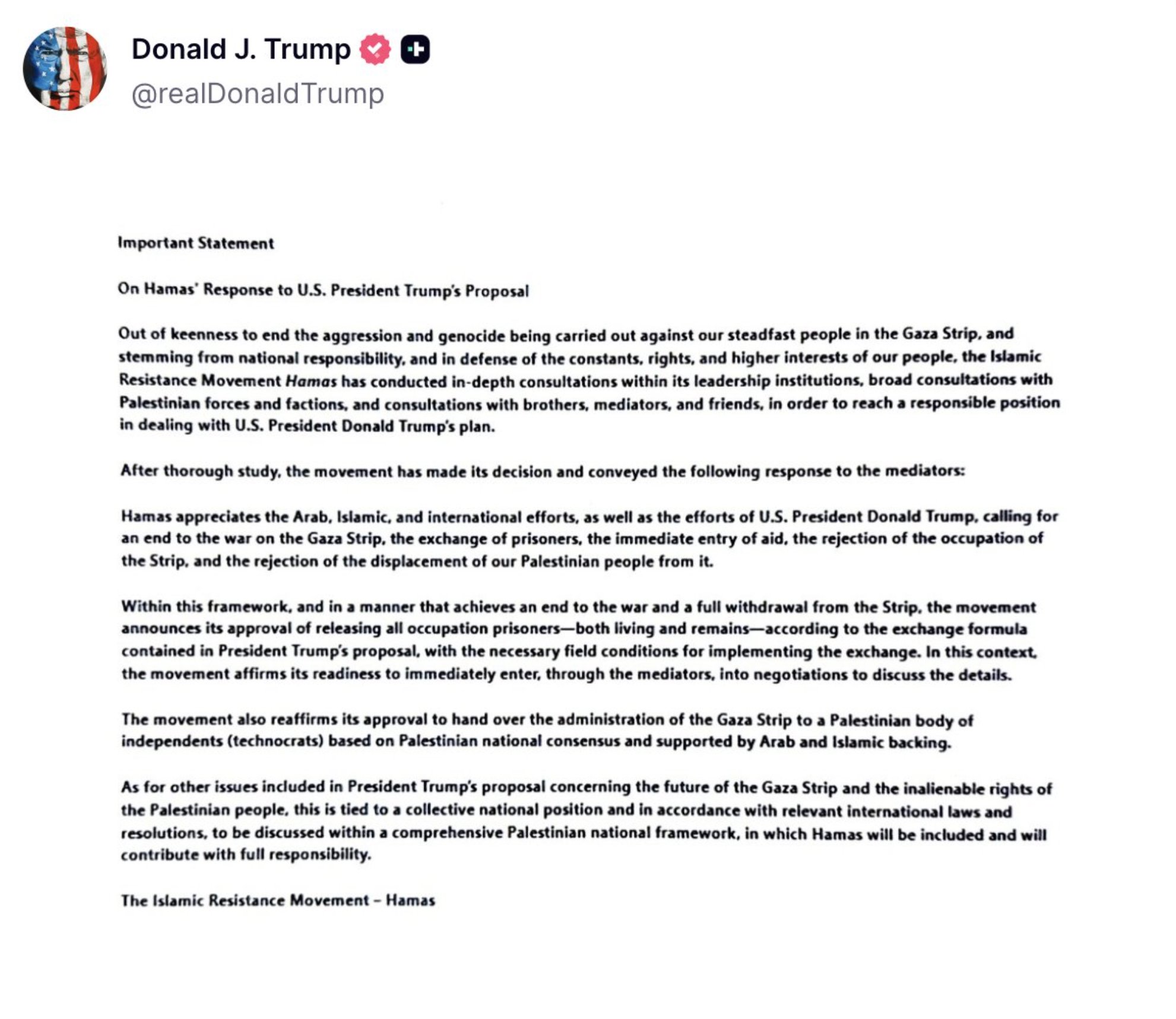
Has Trump backtracked?
Despite U.S. and Israeli media describing Hamas’s response to Trump’s 20-point “peace” plan as “smart,” the group only formally agreed to one point—prisoner exchanges—deferring the rest to future negotiations. This partial acceptance led observers to characterize Trump’s shift as a “retreat.”
For the first time, Trump spoke positively about Hamas, calling its response “responsible” and posting its statement in English on his social media accounts. Previously, he had demonized the group and called for its elimination, giving Hamas a significant media victory.
American and Israeli outlets noted that Hamas’s partial acceptance forced Trump to adjust his tone and demands, or at least to postpone some of his stricter conditions. The most visible signs included his call for “Israel” to halt the Gaza bombings, a major change in U.S. rhetoric.
Even Trump’s partial acceptance of Hamas’s response was interpreted as a strategic acknowledgment, despite the statement not covering all his points. Some reports described this as a “strategic shift in dealing with the Palestinian response.”
Still, Trump maintained some tough conditions, such as disarmament, and continued to pressure “Israel” to act, suggesting the retreat may be tactical rather than a fundamental change in his objectives.
The Washington Post reported on October 3 that when Hamas rejected certain terms, Trump had to adapt his messaging to present the response as an initial acceptance, framing it as a softening of his previously rigid demands.
Reuters linked “Israel’s” partial halt of Gaza bombings to Trump’s comparatively softer stance toward Hamas, describing the slowdown as a practical retreat from previous policies reliant on strong military pressure.
Haaretz highlighted that Trump had to moderate his rhetoric when facing a Hamas response that rejected some conditions, particularly those conflicting with Netanyahu’s promises to his voters, creating a tension between U.S. policy and Israeli domestic pressures. The report noted that Trump’s plan clashes with Netanyahu’s commitments to his electoral base.
Channel 23 observed on October 3 that for the first time since the war was launched on Gaza, the U.S. would not accept negotiations under fire. Channel 14’s military correspondent added, “President Trump is calling on Israel to halt attacks in Gaza. He has fallen into Hamas’s trap.”
Hadashot BeZman described the situation as “the tables have turned,” reflecting Trump’s apparent retreat in the face of Hamas’s maneuvering.
Hamas, in its response, confirmed its agreement to release all Israeli prisoners, both living and deceased, under the terms of Trump’s proposal, while ensuring the operational conditions for the exchange. The group also expressed readiness to immediately enter negotiations through mediators to finalize the details, including withdrawal and ceasefire arrangements.
The statement included Hamas’s approval for Gaza’s administration to be handed over to an independent Palestinian technocratic authority, explicitly rejecting any Arab, international, or Trump-Blair council oversight.
Following the response, Trump stated, “Based on the statement just issued by Hamas, I believe they are ready for a lasting peace.”
“Israel must immediately stop the bombing of Gaza, so that we can get the Hostages out safely and quickly!” he wrote on his Truth Social.
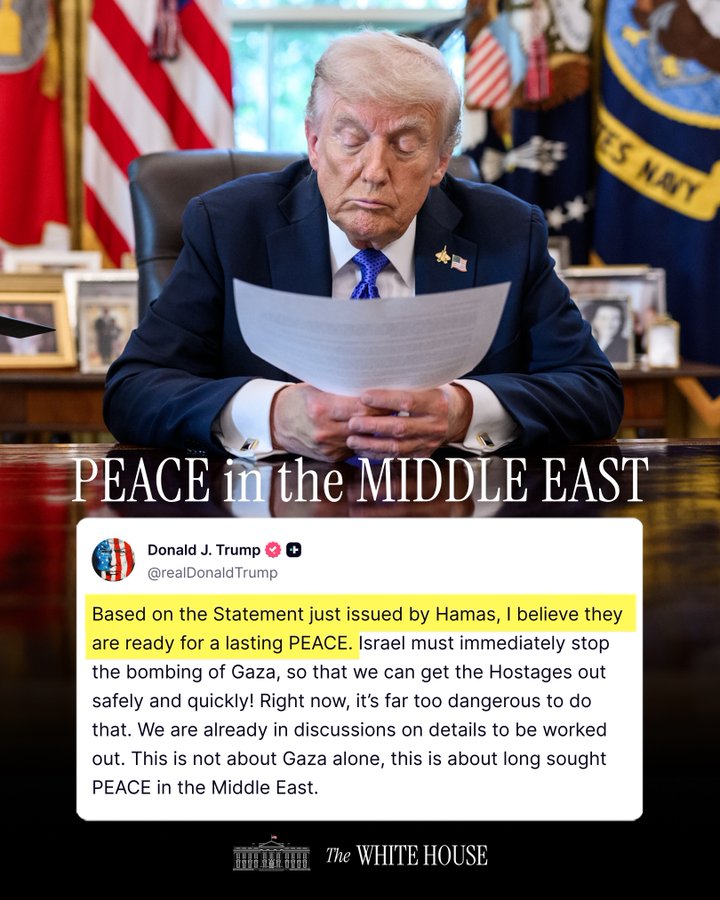
Netanyahu’s Isolation
Trump’s sudden shift left Israeli Prime Minister Benjamin Netanyahu politically isolated, while Trump seized the moment to position himself as a Middle East peace broker and a potential Nobel Peace Prize contender.
Hamas’s partial acceptance of Trump’s plan created momentum for the U.S. president and raised hopes of ending the war on Gaza, but it placed Netanyahu in a politically precarious position. Axios reported on October 3, 2025, citing an Israeli official, that Netanyahu was “surprised” by Trump’s positive response to Hamas’s statement, having expected it to be a rejection of the U.S. plan.
Netanyahu had previously sought to coordinate with Washington to prevent the Palestinian response from being seen as a “positive step,” but Trump’s unexpected embrace of Hamas’s reply left him in a confused position amid mounting domestic and international pressure.
The independent Jewish-American site Mondoweiss, advocating for Palestinian rights, noted on October 4, 2025, the government’s “astonishment” at Trump’s rush to treat Hamas’s response as acceptance. Some Israeli leaders interpreted Trump’s acceptance as an implicit U.S. rejection of key points, such as disarmament, potentially setting up clashes between U.S. and Israeli positions in future negotiations.
Sources told the site that the pressure on “Israel” made Netanyahu fear refusing Trump’s demand to halt the Gaza bombing immediately. Trump repeatedly framed his “peace” plan and his directive for “Israel” to pause the war as an effort to rescue Netanyahu and the Israeli Occupation from international isolation.
He acknowledged to Axios on October 4, 2025, that Hamas had successfully isolated “Israel” internationally and that he was acting to restore its standing. “Bibi [Benjamin Netanyahu] has gone too far in Gaza, and Israel has lost a lot of support in the world. Now I will return all that support,” he said.
Axios reported that when rumors circulated within Trump’s team that Netanyahu might reject the U.S. plan or demand major changes, Trump held a “firm and clear” phone call with him. White House sources said Trump told Netanyahu either he accepts or he walks away, and walking away means they step back from him.
“I said, ‘Bibi, this is your chance for victory.’ He was fine with it,’ Trump told me. "He's got to be fine with it. He has no choice. With me, you got to be fine."
Trump had reached his limit with Netanyahu for multiple reasons and insisted on a clear commitment rather than a conditional approval, the sources added.
Following Trump’s call for “Israel” to halt the Gaza bombing after Hamas’s response, Netanyahu’s office announced that “Israel” was “ready to begin implementing the first phase of the Gaza plan, following Hamas’s agreement to release all Israelis under the proposal.”
This marked an unprecedented moment: the Israeli Occupation had never before halted atrocities in direct response to a U.S. presidential initiative, and Hamas had never publicly accepted an American plan in such a manner.
Netanyahu could no longer act independently of U.S. calculations. Trump exploited this to regain control of the narrative, forcing the Israeli Occupation into a subordinate position at a critical moment, particularly as Arab allies began distancing themselves.
The real challenge now lies in Netanyahu’s domestic position, which could trigger a political crisis in Tel Aviv between him and the hardliners in his government, including Ben-Gvir and Smotrich.

‘Peace’ or Deception?
Western reports noted that Hamas’s statement accepting Trump’s plan was cleverly worded, appearing as a yes, but in reality a “yes, but,” similar to how Israel had previously rejected proposals.
Despite this partial response and Hamas’s implicit refusal on three major points—the withdrawal lines, disarmament, and linking the release of Israeli prisoners to a political concession—Trump welcomed the statement as agreement. Israel Public Broadcasting reported on October 4 that he spoke of the first Israeli withdrawal agreed upon and communicated to Hamas.
Western and Palestinian analysts questioned whether Trump’s reaction reflected his genuine position or a strategic maneuver. They asked why he responded so quickly and appeared so enthusiastic after Hamas’s reply.
Hamas did not endorse the entire Trump plan, agreeing only to select points concerning the prisoner exchange, halting hostilities, and allowing humanitarian aid. The remaining twenty points were left unresolved, pending broader Palestinian approval.
Observers debated whether Trump accepted Hamas’s limited agreement simply to stop the war, treating the remaining demanding clauses, which Hamas rejected, as concessions aimed at appeasing Netanyahu and securing a potential Nobel Peace Prize. Alternatively, some analysts suggested Trump might consider Hamas’s reply a first concession, expecting further negotiations while leaving Netanyahu free to resume the war under the pretext that Hamas obstructed the full agreement, particularly regarding the prisoners.
A Hamas official told the independent Egyptian outlet Almanassa on October 4 that the movement was “extremely cautious” in responding to Trump’s immediate ceasefire declaration, fearing that “Israel” might take the prisoners and then renege on the deal.
Experts, including Dr. Ayman Balawiee of the University of Jordan, say Trump embraced Hamas’s partial approval in a way that hollowed out the initiative itself, a calculated move they believe was driven less by diplomacy than by his ambition to win the Nobel Peace Prize.
Western and Israeli assessments warned that the hard part lies ahead as clashes are expected once negotiations move to the details, predicting that the ultimate outcome will be disastrous for “Israel,” with the war blamed on Netanyahu likely to trigger internal political turmoil.
An early-October 2025 analysis by The Intercept argued that the Trump-Netanyahu “peace” plan for Gaza signals an occupation of indefinite duration, describing Trump’s initiative as a continuation of the occupation, if not the war by other means.
“This is a continuation of the occupation, if not a continuation of the war by other means,” said Amjad Iraqi, a senior analyst on “Israel”/Palestine with the International Crisis Group.
Haaretz columnist Zvi Bar’el wrote on October 3 that Netanyahu is steering “Israel” toward a political and security disaster, and that Trump shares responsibility because the contours of the “day after” in Gaza remain undefined.
A report by the UK-based Chatham House stressed that any plan for “the day after” will fail unless it offers a credible path toward a final settlement based on a two-state solution. While it called the Trump plan the only current route to end Gaza’s humanitarian nightmare, it said success depends on rapidly improving living conditions—jobs, schooling, health care, and social services. Even with flawless implementation, the report warned, the absence of any commitment to Palestinian self-determination is a fatal weakness threatening the plan’s durability.
Israeli media noted that Trump’s proposed withdrawal map effectively reverted to the lines of the earlier Operation Gideon Chariots 1, leaving “Israel” in control of about 70 percent of Gaza’s territory.
Former U.S. Assistant Secretary of State for Human Rights Tom Malinowski said one reason some Middle Eastern leaders are optimistic about Trump’s plan is his personal stake in it, driven in part by his ambition for a Nobel Peace Prize.
Politico reported on October 4 that some U.S. officials believe the prospect of Trump or his family benefiting financially from Gaza’s future reconstruction could motivate him to keep pressing both sides.
According to the plan, Gaza’s redevelopment would be overseen by a committee of experts credited with helping create some of the Middle East’s most successful new urban centers. It envisions a “special economic zone” in Gaza, an idea shaped in part by Jared Kushner, Trump’s son-in-law, who holds substantial investment interests tied to the region.
Ezzat Ibrahim, al-Ahram’s correspondent in the United States, said Hamas’s initial acceptance of a prisoner-release deal provided Trump with powerful political marketing material: He now has the human images to present to the media: grateful families, hostages returning home, and tears turning into a sense of triumph.”
“But that step,” he added, “cornered Netanyahu. If the humanitarian issue is addressed, what justification remains for the war? Trump is pressing him that the security rationale no longer convinces.”
“Israel now faces a choice between cooperating with the U.S. plan or appearing as the intransigent party rejecting peace.”
Ibrahim also noted that a stinging on-air attack by influential U.S. commentator Tucker Carlson—accusing Netanyahu of dominating Trump—struck a nerve in Washington. Trump, unwilling to be seen as subservient to any foreign leader, responded in Doha and in his dealings with Netanyahu by forcing the Israeli Occupation leader to apologize, limiting his ability to alter the plan’s terms, and portraying himself as the one dictating conditions even to close allies—a deliberate rebuttal to Carlson’s narrative.
Sources
- The Israeli right’s ‘time of miracles’ is over. The Palestinians are going nowhere
- Hamas accepts Trump’s plan to end the war in Gaza, but with conditions
- The Trump Gaza Plan Could Work, With or Without Hamas
- Hamas says “yes, but” to the Trump Gaza plan. That may not be enough
- Analysis Trump's New Gaza Plan Has One Palpable Weak Point: It Clashes With Netanyahu's Promises to His Voters
- Trump tells Israel to stop bombing Gaza after Hamas responds to peace plan
- Dozens killed in Gaza despite Trump's call for Israel to halt bombing
- Hamas just accepted Trump’s ‘peace’ plan. Here’s what it didn’t accept.
- Can the Trump peace plan for Gaza succeed?
- The Trump–Netanyahu Gaza Peace Deal Promises Indefinite Occupation
- Rubio says Gaza war has hurt Israel's global support. How has that played out at the UN?
- Trump says Israel and Hamas sign off on first phase of Gaza ceasefire plan





